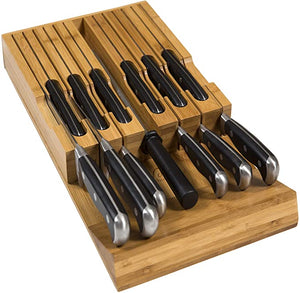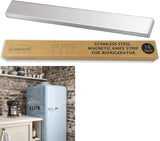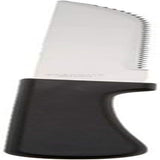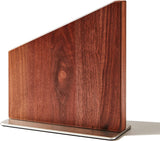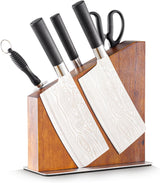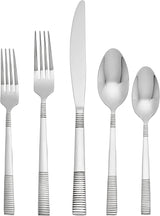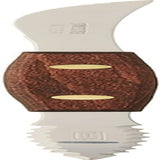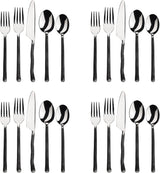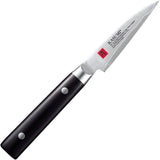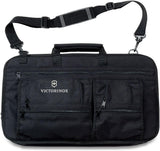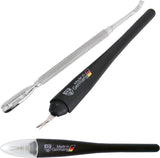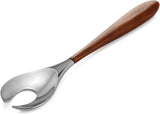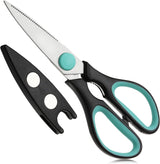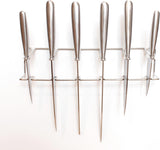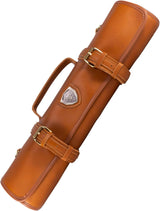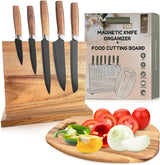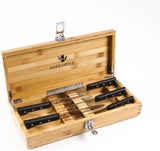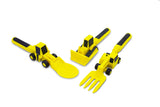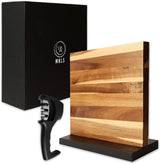In the world of culinary tools, fillet knives stand out as one of the most essential and versatile pieces in the kitchen especially for culinary professionals. So, what is a fillet knife used for? Primarily, its a specialized tool designed to separate the delicate meat of fish, poultry, or meats from the bone with precision. For chefs, anglers, and home cooks alike, this tool is indispensable when dealing with cuts that demand accuracy.
If youre someone who regularly deals with seafood or wants clean, professional-grade fillets, a fillet knife might just become your best friend. Lets dive deep into its uses, benefits, and how you can incorporate it effectively in your kitchen arsenal.
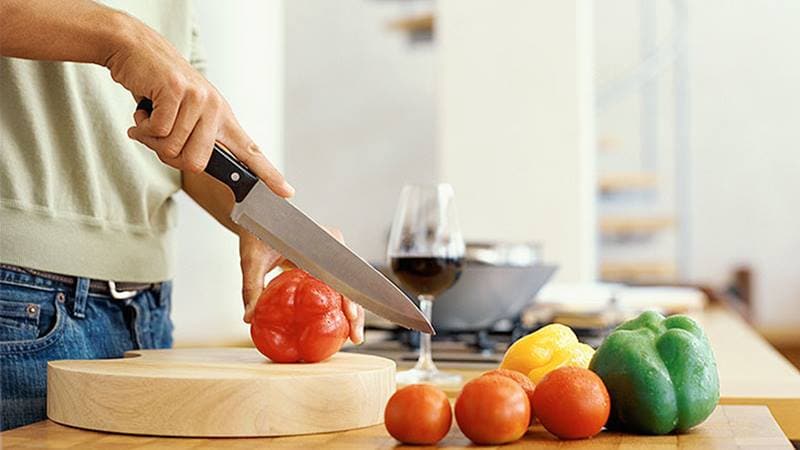
What Makes a Fillet Knife Stand Out?
Unlike other kitchen knives (learn more here), such as a chefs or utility knife, a fillet knife is uniquely crafted both in terms of function and design:
- Flexibility: The blade is exceptionally flexible, allowing it to bend and slip around bones with ease.
- Thin Blade: Its long, narrow blade makes it ideal for precise cuts and removing skin from meat or fish effortlessly.
- Sharpness: A razor-sharp edge ensures it maintains control and precision during use. Be sure to keep your knife sharpened to keep it effective over time.
This design is why fillet knives are trusted by professionals who work in seafood kitchens or meat processing.
Key Applications: What Is a Fillet Knife Used For?
If you find yourself wondering whether investing in this tool is worth it, consider these critical culinary tasks that a fillet knife excels at:
1. Cleaning and Filleting Fish
Top chefs know that the foundation of a perfect dish starts with great preparation. A fillet knife is indispensable when dealing with fish. Its flexibility and sharp design allow you to:
- Remove scales cleanly.
- Separate the flesh without wasting any meat.
- Extract pin bones with ease.
While deboning fish can be tricky, especially for beginners, using the right equipment makes all the difference. Learn about other knife specialties to optimize your cutting tasks.
2. Skinning Meat and Poultry
While most people associate their fillet knives exclusively with fish, its equally effective when working with poultry and meat, too. Whether its trimming the fat from a piece of tenderloin or removing skin from chicken thighs, a fillet knife provides precision for intricate cuts.
3. Preparing Delicate Fruits
Have you ever tackled fruits like mangoes or peaches, where getting too close to the stone can ruin the fruits shape? A fillet knife solves this. The thin, sharp blade ensures precision while minimizing waste, making it ideal for fruit carving too. For other bread-related knife tasks, check out this handy guide.
How to Choose the Right Fillet Knife
Theres a wide variety of options when it comes to buying fillet knives, so what factors should you consider?
Blade Length
Different lengths are suited for specific uses:
- A shorter blade (<6 inches) is excellent for small fish and general kitchen prep tasks.
- Longer blades (up to 9 inches) provide more control for larger fish and wider cuts.
Material & Durability
Opt for knives made of high-quality stainless steel, which prevents rust and ensures durability. The grip should also be ergonomicproviding both comfort and control.
Flexibility Levels
Ensure that the flexibility matches your intended use. A more flexible blade is perfect for intricate fish work, while a rigid blade offers strength for tough meat tasks.
Caring For Your Fillet Knife
Proper maintenance not only prolongs the lifespan of your knife but also ensures safety and performance:
- Always clean your knife after each use using mild soap and water (check how to clean your knife here).
- Sharpen the blade regularly. To understand basic sharpening techniques, heres a helpful link on sharpening methods.
- Store it in a protective sheath to avoid dull edges and accidents.
FAQs About Fillet Knives
1. Can I Use a Fillet Knife for Other Tasks?
Yes! Besides working with fish, fillet knives are ideal for deboning poultry, preparing small game meat, and even slicing delicate fruits or vegetables.
2. How Often Should I Sharpen a Fillet Knife?
Regular sharpening using a whetstone or honing steel will keep your fillet knife effective. Depending on usage, aim to sharpen it every few weeks or as needed.
3. Whats the Difference Between a Fillet Knife and a Boning Knife?
While both knives share similarities, a fillet knife is more flexible, making it perfect for fish filleting. A boning knife, on the other hand, is stiffer and suitable for heavier meats.
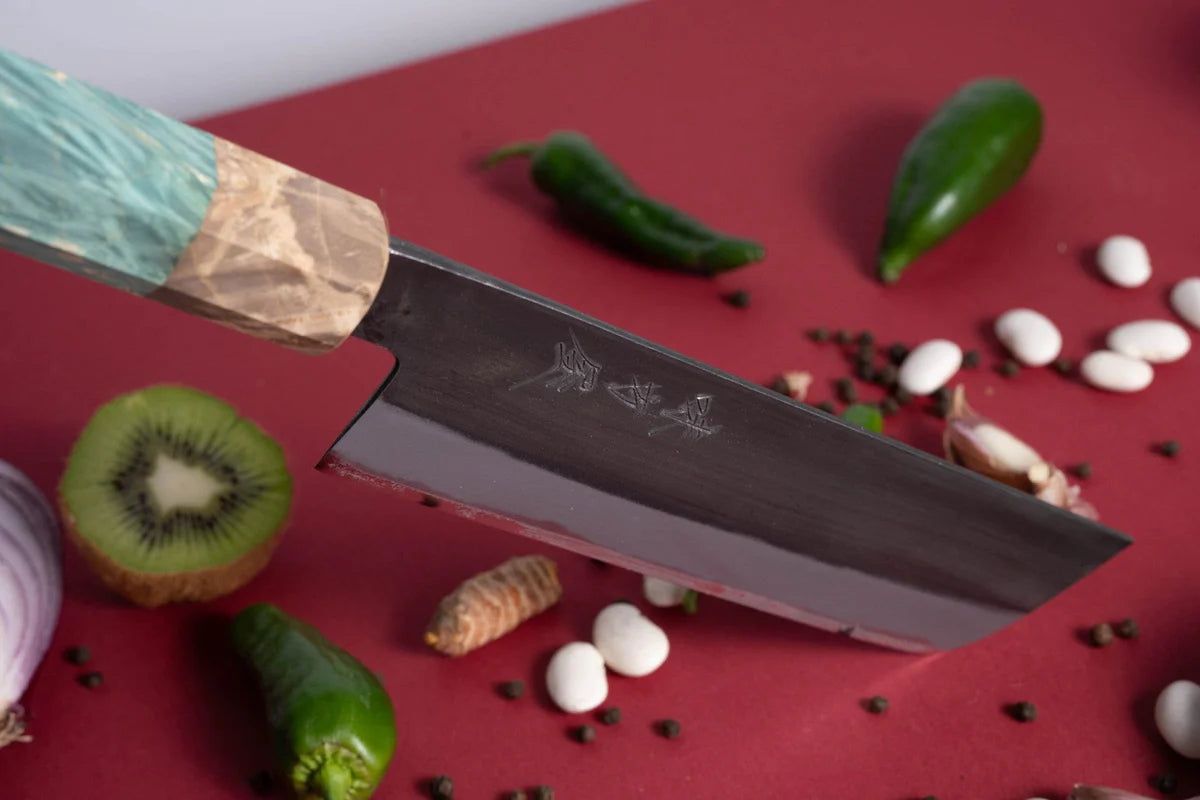
Conclusion
If youre serious about elevating your kitchen game, understanding what a fillet knife is used for is crucial. Whether its creating masterfully filleted fish or achieving precision cuts in poultry and delicate fruits, this knife delivers unparalleled results. Take the time to invest in a good-quality knife, and make sure to learn its care and maintenance techniques to prolong its lifespan.
For more insights into using specialized knives, check out our blog section on bread knife usage via this link.
This article contains affiliate links. We may earn a commission at no extra cost to you.
